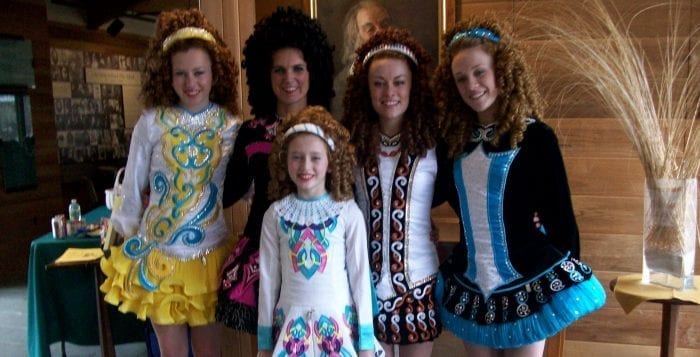By Daniel Dunaief
Scientists at Brookhaven National Laboratory and Cornell University have tested and developed a new “green” accelerator. Capturing and reusing the energy from electrons that are decelerating, the newly designed model, called CBETA, will have uses in everything from computer chip manufacture to medicine to missile defense to basic science.
Employing permanent magnets, which require no energy to operate, and superconducting material, these researchers brought to fruition an idea first formulated in 1965 by Maury Tigner, professor emeritus at Cornell University.
“It was talked about for many years,” said Thomas Roser, who just completed his 10th year as chairman of the Collider-Accelerator Department at Brookhaven National Laboratory. “To put everything together in an energy efficient way could have a significant impact for the future.”
Indeed, the new design could lower the energy needs of a future facility like the Electron Ion Collider, which BNL plans to complete in 2030.
“We all have a responsibility to contribute to the well-being” of the planet, including in efforts to reduce the energy consumption of devices used to unlock the mysteries of the universe and produce future technology, said Roser.

ERL Test Accelerator.
Image courtesy of Cornell University
One of the many advantages of the new accelerator design, which was tested in the early morning hours of Dec. 24 at Cornell, is that it captures and reuses the energy in a multi-turn particle accelerator. The idea of the accelerator was to enable beams of different energy to travel through the same magnets on slightly different paths in an oblong structure.
The design is akin to a relay race on a running track. Each lane has runners that move at their own speeds. When it is time for one of the runners to slow down and leave the track, she shares the energy from her sprint with an intermediary, which drives the next runner forward at a rapid pace, while she decelerates in a nearby loop.
In the case of the accelerator, the intermediary is a superconducting radio frequency cavity.
A key design feature is that multiple beams recirculate in these cavities four times. This cuts down on future construction costs and reduces the size of an accelerator from about a football field to a single experimental hall, according to information from Cornell.
A fresh electron beam allows researchers to get a better quality beam than in the traditional way of operating an accelerator, in a ring that would circulate continuously.
“The beam is always refreshed, and what gets recirculated is the energy,” Roser said.
The high quality, bright beam creates bright lasers that companies may be able to use to manufacture new chips for computer or phone technology. These accelerators could also make infrared lasers that could melt objects. This type of application could help with defense department efforts to thwart an incoming missile. While BNL is taking steps to work on applications in other areas, the Department of Energy laboratory is not involved in such missile defense applications.
In the medical arena, this kind of accelerator could enable the construction of smaller, simpler and lighter devices for proton therapy to treat cancer. The multi-energy beam transport of CBETA would allow the building of more compact and less expensive gantries that deliver beams to the patient.
Using different energies at the same time, doctors could “treat cancers at different depths inside the body,” Roser said. “That’s an application for this unique transport.” Proton therapy could become cheaper and available in more hospitals with this approach, he asserted.
For Dejan Trbojevic, the principal investigator on the CBETA project and a senior physicist from BNL, the successful test of the concept was a validation of over 20 years of work.
“You can do a lot of simulations assuming realistic errors,” but the actual experiment demonstrating the concept “makes a big difference,” he explained in an email.
The BNL scientist was at Cornell in late December, where he and his colleagues celebrated the results with champagne.
Trbojevic, who had developed the concept of using a single beamline instead of multiple beamlines, hopes to use the new design to create a less expensive design to proton therapy treatment for cancer
“I’m trying to make this cheaper so more hospitals can have it,” Trbojevic said. He has already made contact with companies and a professor in Europe who hopes to use the design concept. He has also requested funding from the Department of Energy.
Beyond the excitement of the recent collaboration with Cornell on the new accelerator design, Roser reflected on his first decade as chairman of the Collider-Accelerator Department.
The BNL department is leading the world in many accelerator technologies and is collaborating closely with CERN, which was founded in Europe seven years after BNL.
Indeed, this year marks numerous celebrations for the department. The Relativistic Heavy Ion Collider, or RHIC, has been operating for 20 years and will become a part of the new Electron Ion Collider. At the same time, the Alternating Gradient Synchrotron, where research for three Nobel Prizes was conducted, marks its 60th year of generating scientific results.
And, to top off the historical trifecta, Ernest Courant, a former BNL Scientist who teamed up with Stanley Livingston and Hartland Snyder to create the strong focusing principle, turns 100 in March. Courant, who worked with Trbojevic on a paper describing the single beamline concept in 1999, helped provide a critical step for modern particle accelerators.
As it did 10 years ago, the department is rolling these three celebrations into one in June.
Courant can’t attend the event because he lives in a retirement home in Ann Arbor, Michigan near his son. BNL will likely show photos and video from Ernest’s birthday at the celebration.
As for the recently completed collaboration with Cornell, Roser believes the work is an important step.
“It’s a new concept and a new type” of accelerator, Roser said. “That doesn’t come around very often. There are cyclotrons and there are linear accelerators. This is a combination of a circular and linear accelerator put together in a new way.”


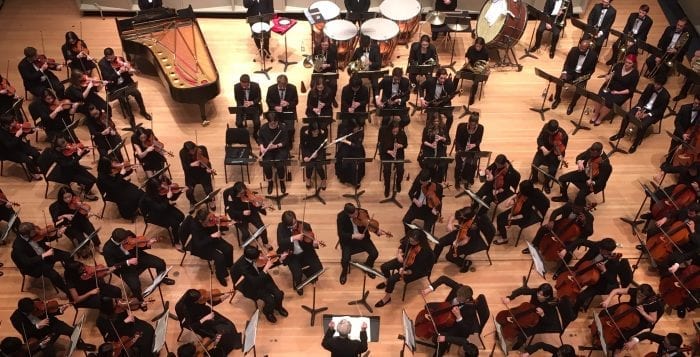


 Blatant discrimination began to give way to steering; black house hunters were shown homes only in minority or integrated areas while whites were shown houses in overwhelmingly white areas. As people of color began to buy homes in mostly white areas, block busting by real estate brokers took advantage of the situation by scaring white homeowners into selling their homes at lowered prices.
Blatant discrimination began to give way to steering; black house hunters were shown homes only in minority or integrated areas while whites were shown houses in overwhelmingly white areas. As people of color began to buy homes in mostly white areas, block busting by real estate brokers took advantage of the situation by scaring white homeowners into selling their homes at lowered prices.


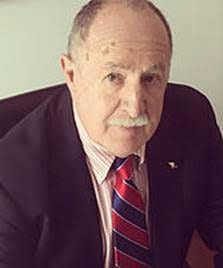


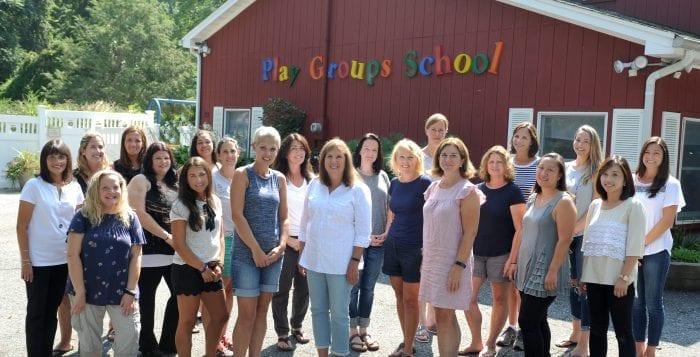
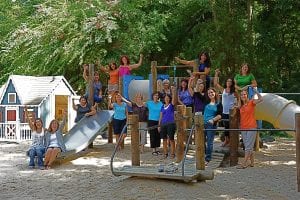 The Play Groups saga began in 1944 when a group of parents decided to organize a “play group” where their children could learn through play with their peers. According to Brookhaven Town Historian Barbara Russell, whose brother was a member of the group in 1949, the children met at a small cottage near the Old Field Club. Perhaps that is why it was called the Old Field Nursery School in the early days. The first teachers were Dora Underwood of Port Jefferson and Joan Cockshutt of Setauket.
The Play Groups saga began in 1944 when a group of parents decided to organize a “play group” where their children could learn through play with their peers. According to Brookhaven Town Historian Barbara Russell, whose brother was a member of the group in 1949, the children met at a small cottage near the Old Field Club. Perhaps that is why it was called the Old Field Nursery School in the early days. The first teachers were Dora Underwood of Port Jefferson and Joan Cockshutt of Setauket.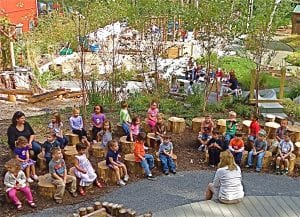 “It has been my honor and privilege to lead Play Groups School these many years,” said Friedman. “While striving to stay abreast of current research and best practices, some things
“It has been my honor and privilege to lead Play Groups School these many years,” said Friedman. “While striving to stay abreast of current research and best practices, some things

